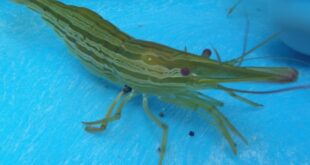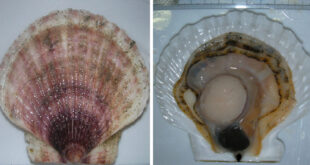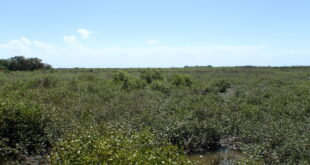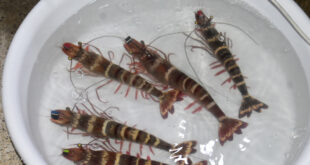By Development Communication Section

The second session of SEAFDEC/AQD’s training course on “Mud Crab Hatchery, Nursery and Grow-out Operations” had 13 graduates from Malaysia (2), Singapore (1), and the Philippines (10). The training was held at SEAFDEC/AQD’s Tigbauan Main Station, Philippines and ran for 23 days which concluded on 29 October.
A trainee shared during the Closing ceremony that at first, he was reluctant to train at SEAFDEC/AQD but after meeting the mud crab and natural food experts (resource persons of the course) of the institution, he realized the he came to the right place. He was appreciative of the knowledge shared to them by the SEAFDEC/AQD experts and at the same time happy to have gained a “new family” during his stay.
The course had lectures and practical sessions on biology & identification of mud crabs, nursery management, aquasilviculture, crab fattening, soft-shell crab farming, hatchery construction, disease & health management, economic evaluation of hatchery & nursery, and culture of microalgae among others.



 SEAFDEC/AQD Southeast Asian Fisheries Development Center | Aquaculture Department
SEAFDEC/AQD Southeast Asian Fisheries Development Center | Aquaculture Department



